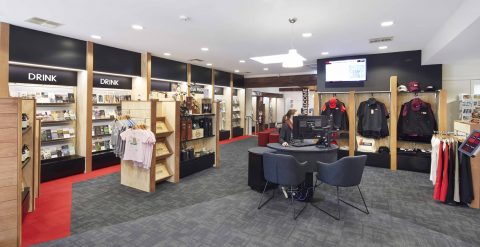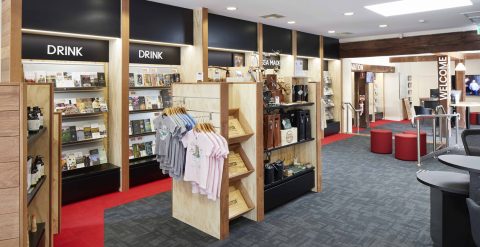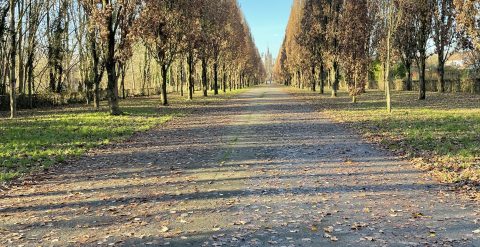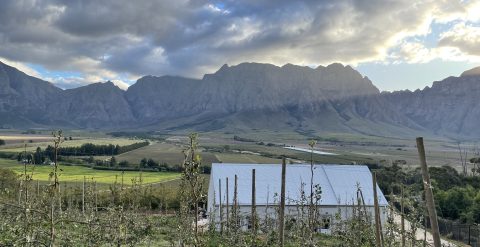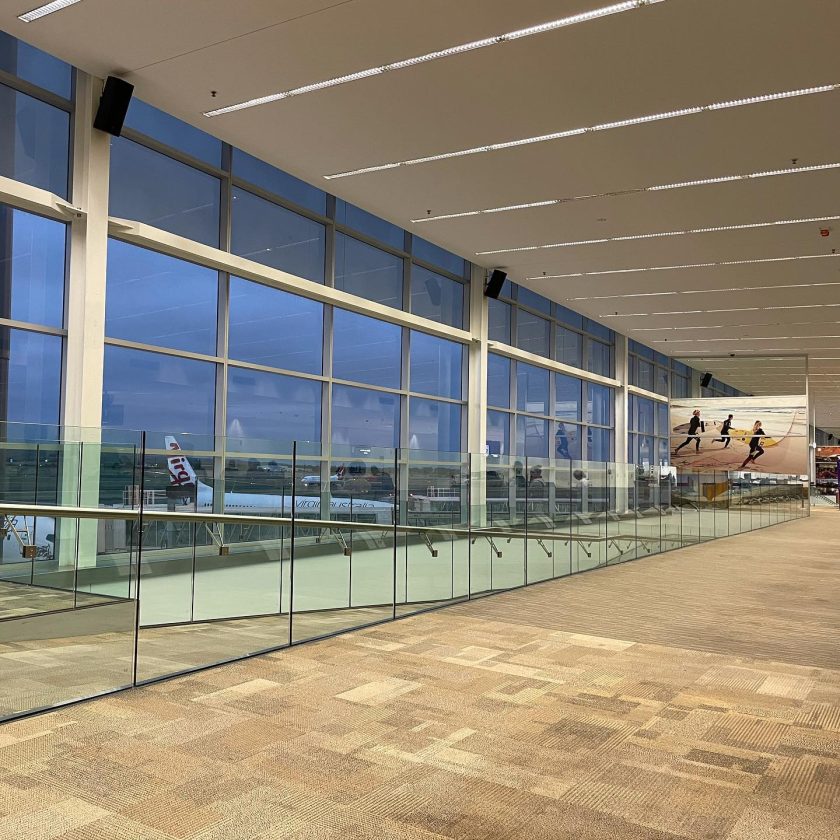
International Visitors are Coming Back. Are You Ready?
“People had a lot of time to think during COVID – about their jobs, their values, their planet and their lives – and that’s going to affect what they want when they travel. They want an experience, not just a holiday.”
The Australian borders have finally reopened to vaccinated international tourists (and even the WA borders have finally opened after nearly 700 days). Around the globe, people are hungry to travel the world again – and after being pent up for the last two years, many of them are ready to stay longer and spend more money.
No industry has been looking forward to open borders more than tourism and hospitality, so if you run a winery, hotel, restaurant, or tourist attraction, you’re probably ready to welcome international visitors with open arms.
Or are you?
People had a lot of time to think during COVID – about their jobs, their values, their planet and their lives – and that’s going to have an effect on what they look for in a trip.
They want an experience, not just a holiday.
This is one of the reasons why telling your story is more important than ever. We specialise in helping our clients find their extraordinary, to provide authentic, character-filled destinations. But there are several major travel trends that have emerged, too. These all feed into the idea of creating an overall experience that delights your customers, gets them to return and share their adventures with friends and family.
Here are three of the most important trends:
1. Sustainability
One of the biggest travel trends for 2022 is ‘sustainable tourism’ – tourism that takes the current and future economic, social and environmental impact of travel into account. Booking.com’s 2021 Sustainable Travel Report found that 83% of global travellers think sustainable travel is vital, and almost half (49%) believe that there aren’t enough sustainable travel options available.
How to take advantage:
Look at what you’re already doing and using – from recycling, energy- and water-saving programs to creating organic wines or using compostable materials – and find ways to communicate your efforts, both in your on-site and online materials.
The second step is to examine your space and look for ways to improve. Can you reduce energy or water use through an upgrade or remodel? Can you swap individual plastic containers for refillable dispensers in kitchens or bathrooms? Are you making the most of your natural environment, connecting to fresh air and nature?
2. Local connections
People made an effort to support local businesses during the pandemic, and that concept will continue as tourists leave home. In short, travellers want to support local people and places, not big-name corporations.
AirBnb was already offering local experiences (in addition to stays) before the pandemic and expanded to offer online options in 2020 in order to enhance their guests’ trips and give travellers the chance to experience “unforgettable activities hosted by locals”.
How to take advantage:
If you’re already offering local wines, boutique products or accommodation options ‘of place’, promote them. Make sure you’re marketing what you’ve got locally to your target audience.
If you haven’t already, connect with other local businesses, too. For instance, think about partnering with a popular winery (or hotel) and run a promotion where customers get a free wine tasting along with a discounted stay at the hotel.
3. ‘Workcations’ and ‘Bleisure’ Travel
While some people can’t wait to unplug and escape from Zoom or their phones, there’s a growing group of travellers who will combine work and holidays. When much of the world shifted to remote work during COVID, the number of digital nomads – people who work from their devices and create an office wherever they go – exploded.
Therefore, ‘workcations’ and ‘bleisure’ travel have become a major trend, and they’re here to stay.
How to take advantage:
You should keep this growing group of travellers in mind in your design and planning efforts. Hotels, wineries and tourist attractions will all benefit from offering reliable WiFi and handy outlets or charging stations, and accommodation facilities should look to provide desks and quiet places to work. (And keep in mind that guests new to international travel may forget to bring the right adapters or plugs with them – having extra travel adapters on hand for your guests will win points.)
You may also want to consider options for longer-term stays or packages that offer visitors a way to combine working and wellness.
These are just a few of the major trends that experts believe will shape travel and tourism this year. At Studio S2, we believe these are some of the most important, because they all connect to how your space makes your visitors feel and how you tell your story.
If you want to learn more about how your space helps shape experiences and how you can better connect and convey your story to international tourists, contact us.


